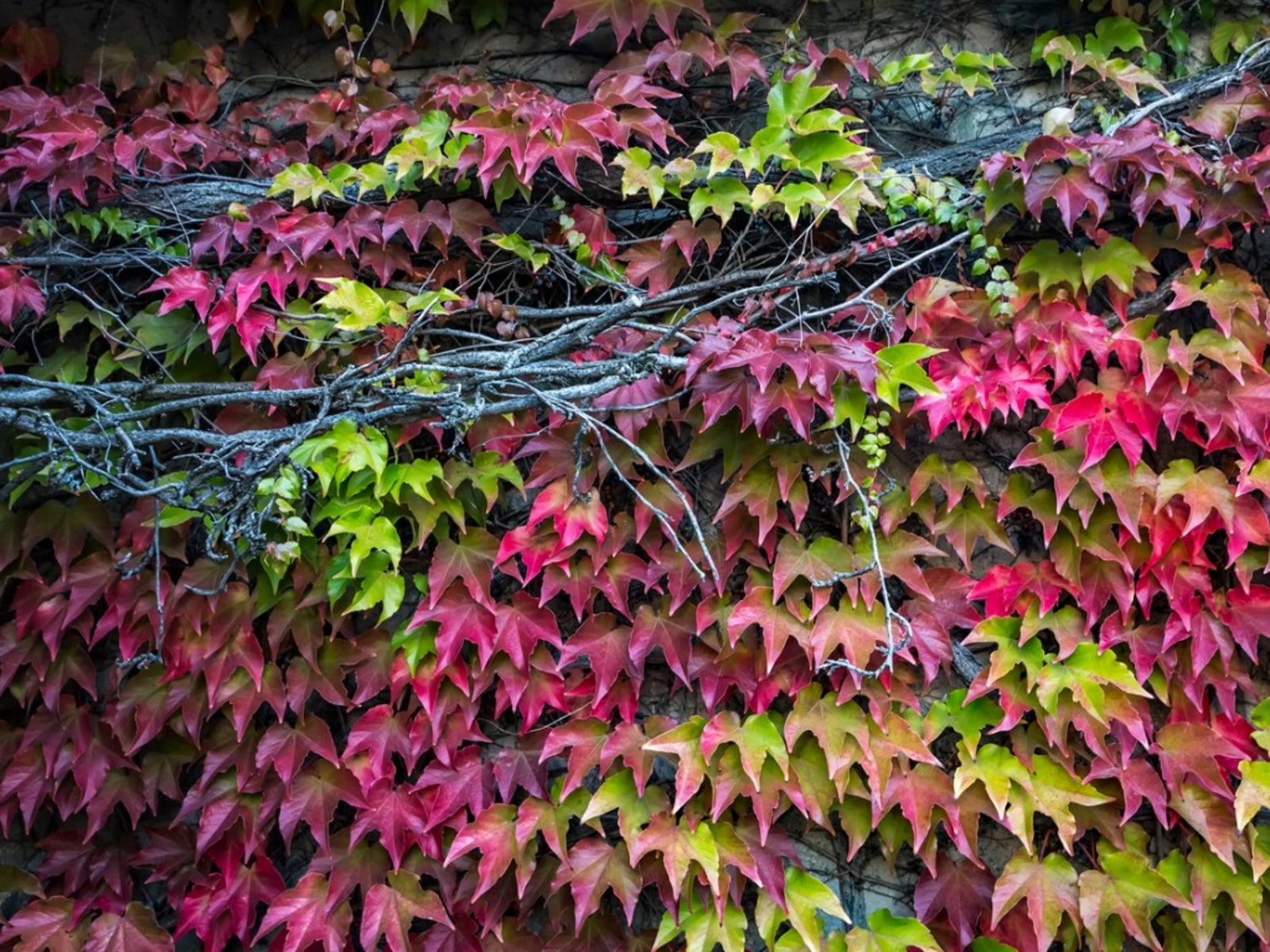Boston Ivy Cuttings: How To Propagate Boston Ivy

Boston ivy is the reason the Ivy League has its name. All those old brick buildings are covered with generations of Boston ivy plants, giving them a classic antique look. You can fill your garden with the same ivy plants, or even recreate the university look and grow it up your brick walls, by taking cuttings from Boston ivy and rooting them into new plants. It roots readily and will grow slowly indoors until next spring, when you can plant the new vines outdoors.
Taking Cuttings from Boston Ivy Plants
How to propagate Boston ivy when you're faced with a clump of plants? The easiest way to get your cuttings to root is by beginning in the spring, when most plants want to grow the fastest. Spring stems of ivy are softer and more flexible than those in the fall, which can become woody and more difficult to root.
Look for stems that are flexible and growing in the spring. Clip the end of long stems, looking for a spot that's five or six nodes (bumps) from the end. Cut the stem straight across using a razor blade that you've wiped with an alcohol pad to kill any germs it might carry.
Boston Ivy Propagation
Boston ivy propagation is more about patience than anything else. Begin with a planter or other container with drainage holes. Fill the container with clean sand, and spray the sand with water until it's damp.
Break off the leaves on the bottom half of the cutting, leaving two or three pairs of leaves left at the tip. Dip the cut end into a pile of rooting hormone powder. Poke a hole in the damp sand and place the Boston ivy cuttings into the hole. Push the sand around the stem gently, until it's firmly in place. Add more cuttings to the pot until it's filled, keeping them about 2 inches (5 cm.) apart.
Place the pot into a plastic bag with the opening facing upwards. Seal the top of the bag loosely with a twist tie or rubber band. Set the bag on top of a heating pad set on low, in a bright spot away from direct sunlight.
Open the bag and mist the sand each day to keep it moist, then seal the bag back up to keep in the moisture. Check for roots after about six weeks by gently tugging on the plants. Rooting can take up to three months, so don't think you've failed if nothing happens right away.
Sign up for the Gardening Know How newsletter today and receive a free copy of our e-book "How to Grow Delicious Tomatoes".
Transplant the rooted cuttings into potting soil after four months, and grow them indoors for a year before transplanting them outside.